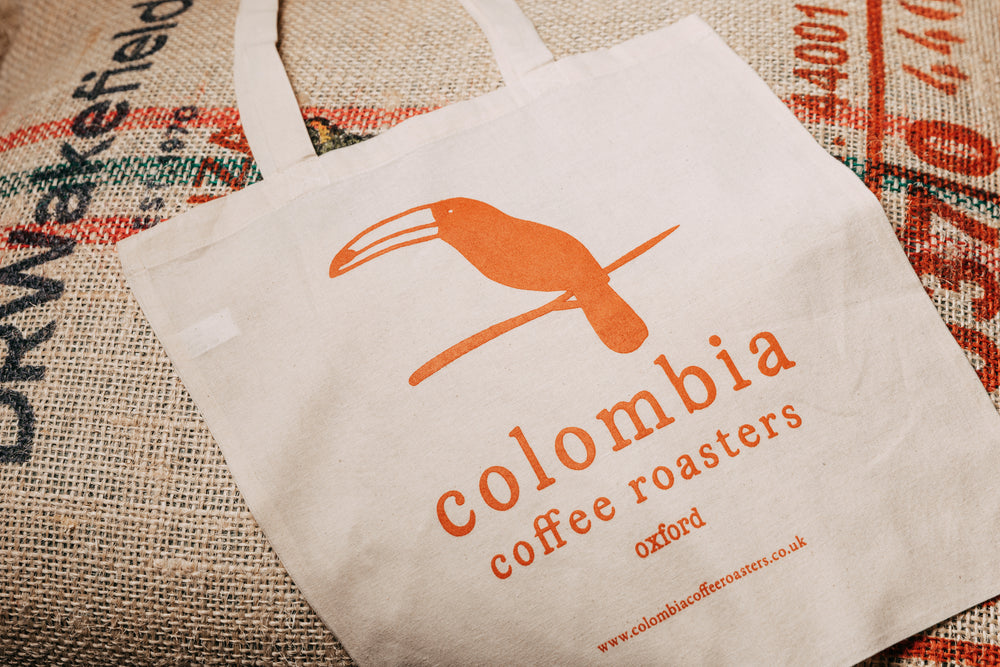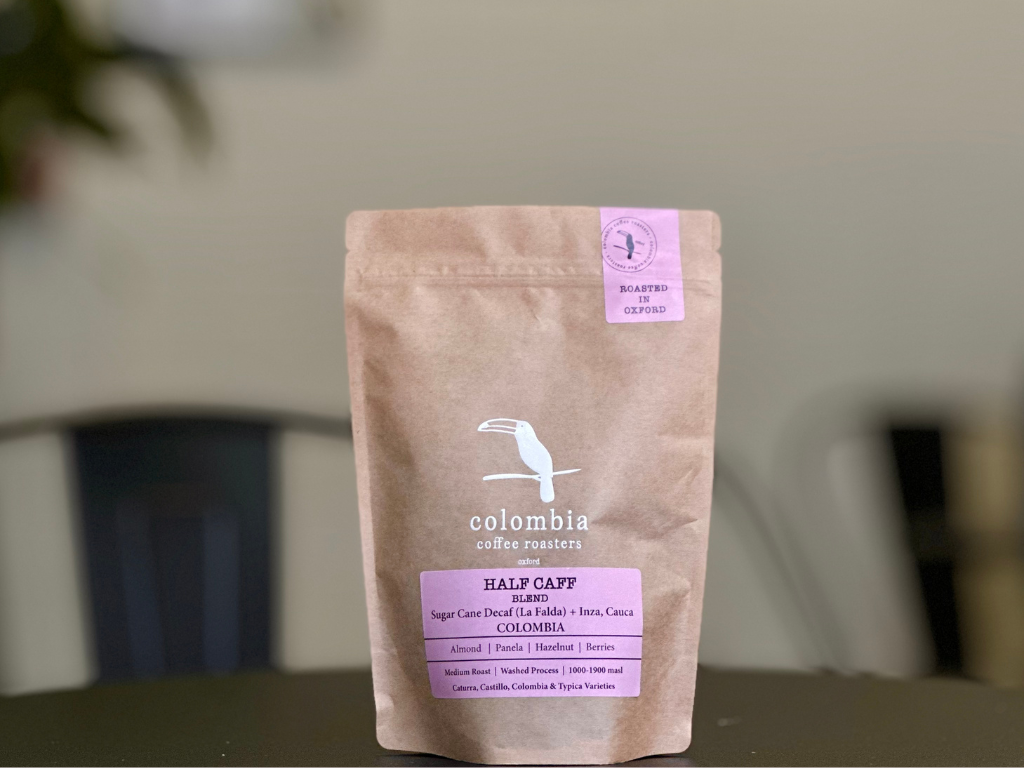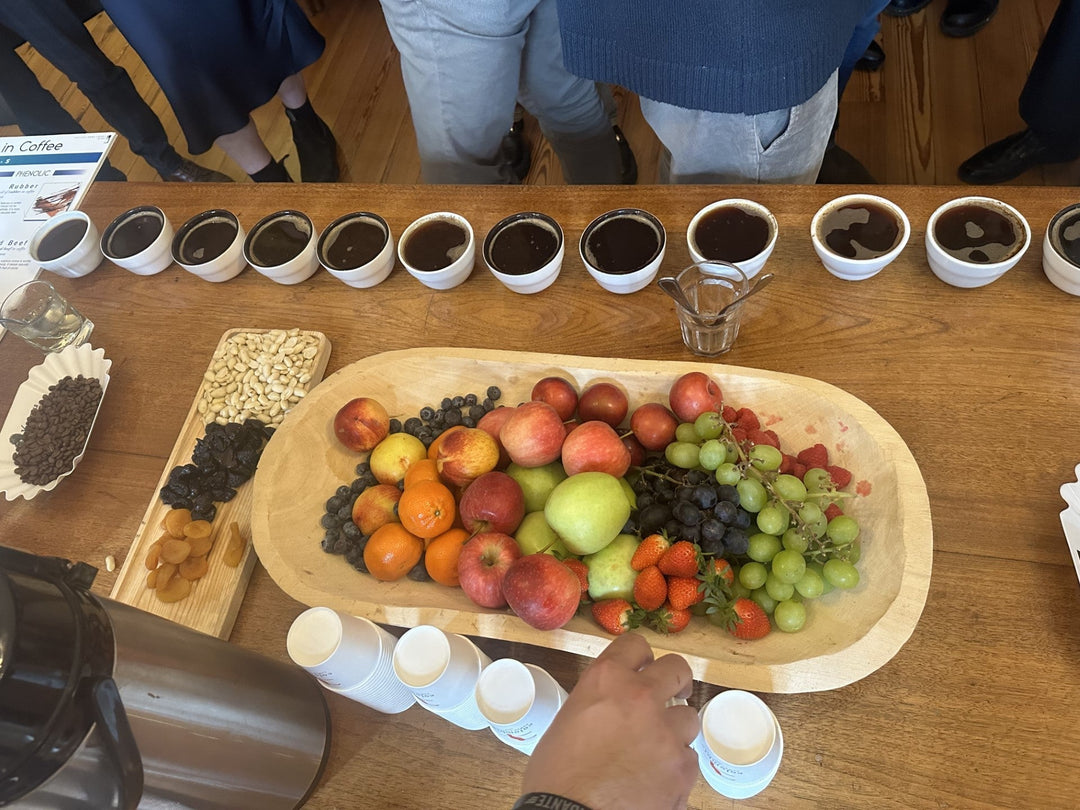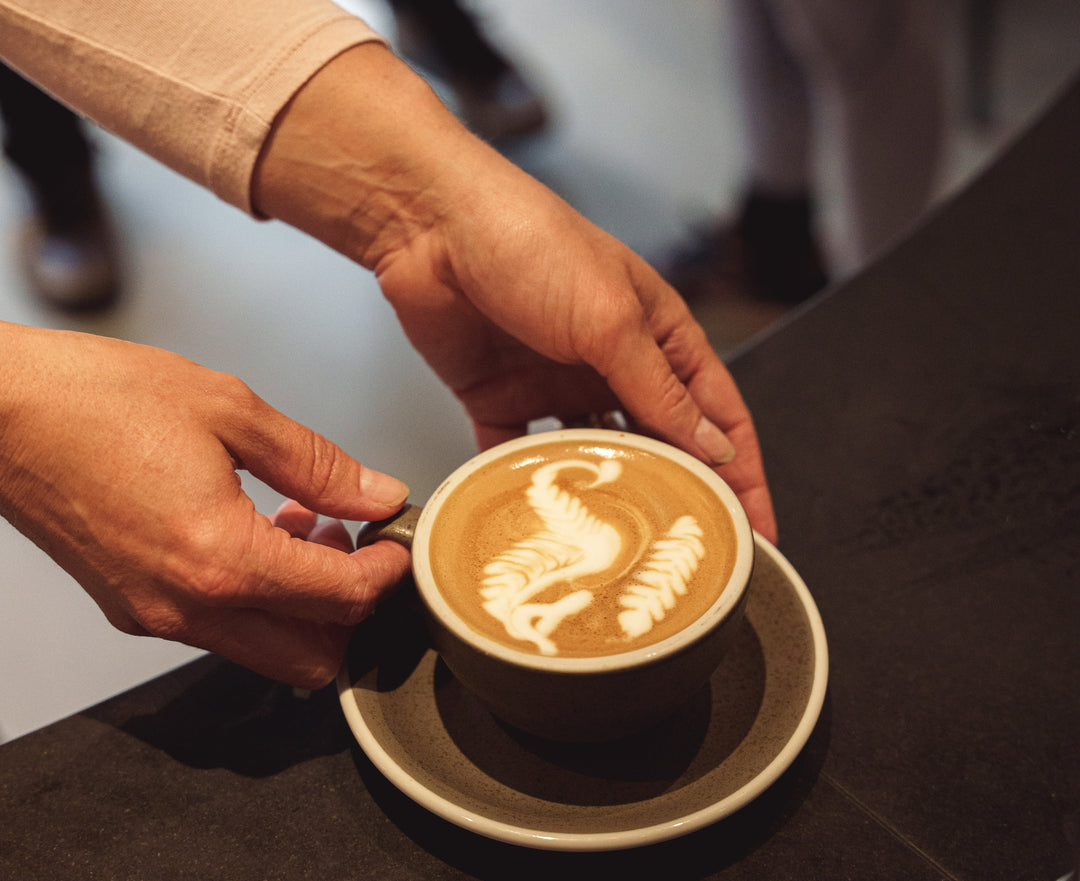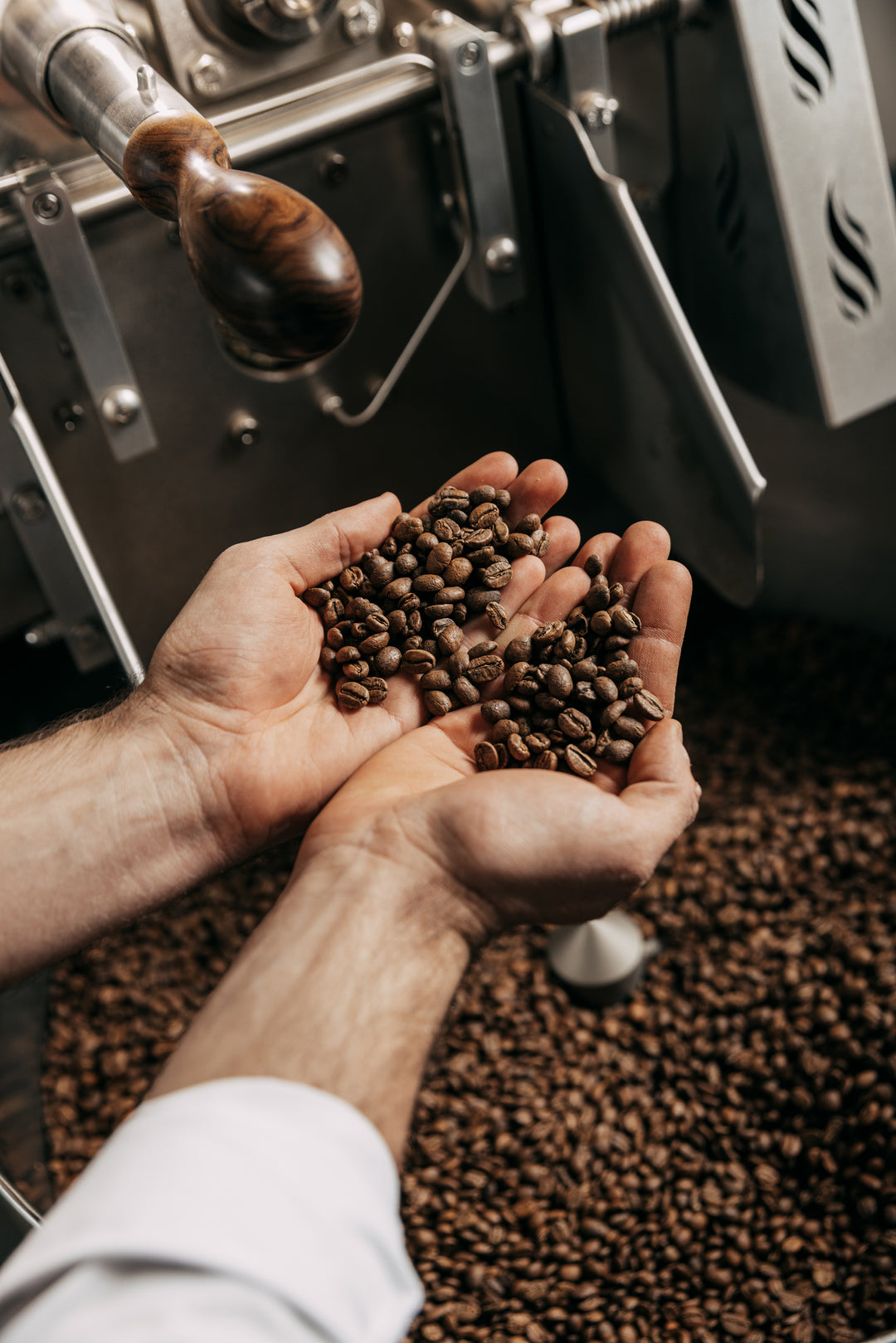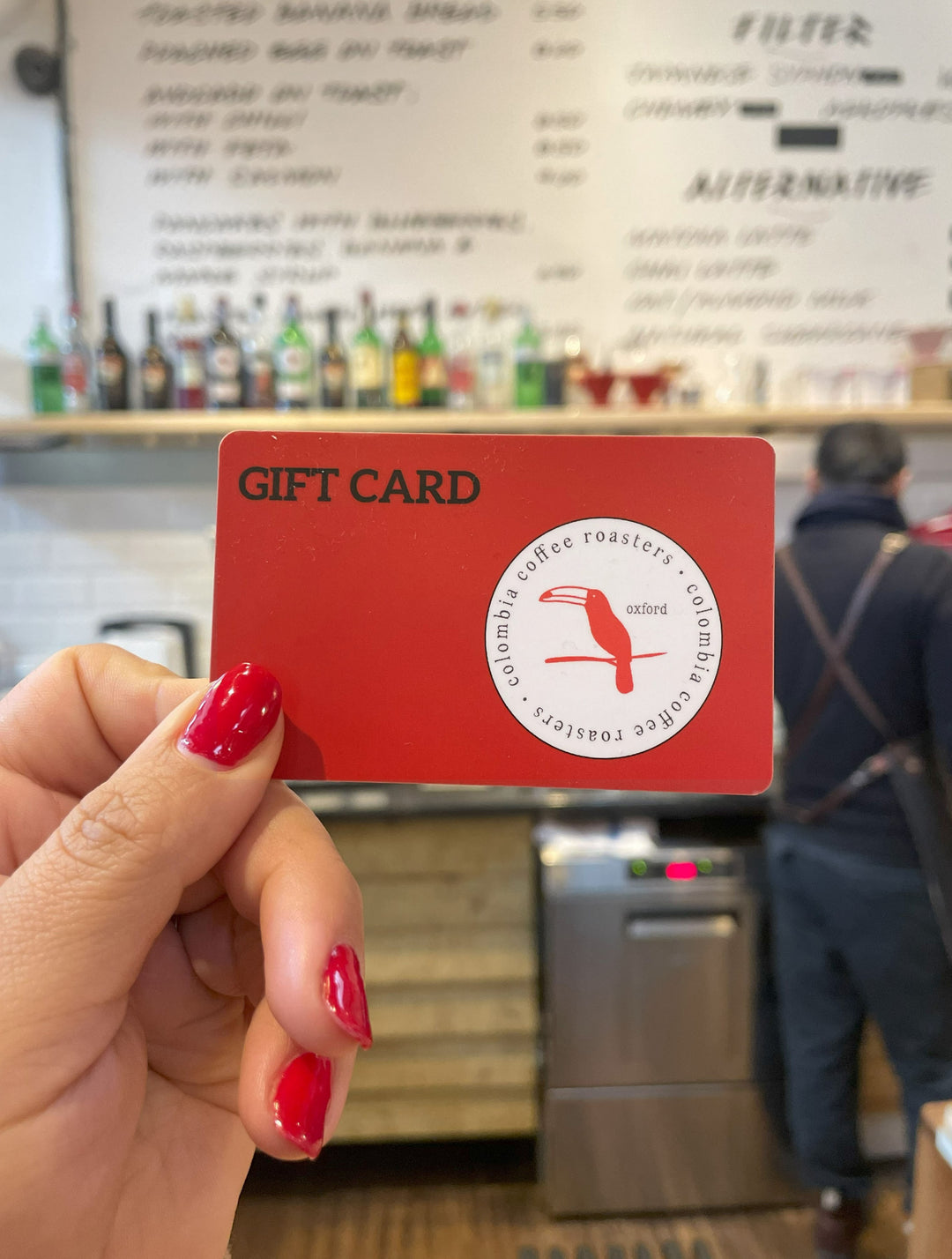Specialty coffee: A multisensorial experience
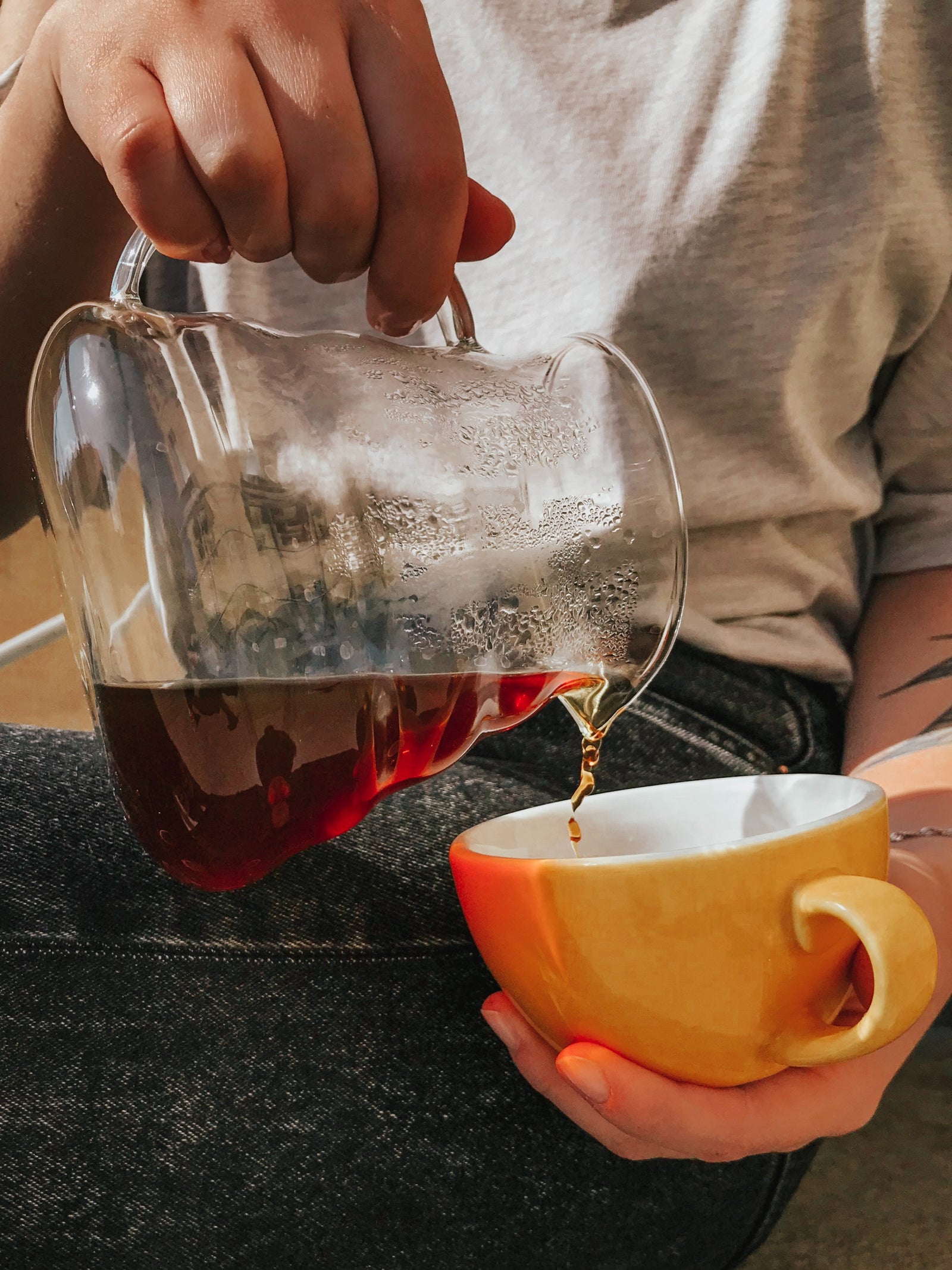
Coffee appeals to all the senses. Yes, even the sense of sight is activated by coffee - and not just through the beautiful latte art that our baristas create for you. When multiple senses react to a single stimulus (which in our case is coffee), then we are experiencing a multisensory perception of flavour. Psychologists and cognitive neuroscientists have only recently come to realise that their findings derived from studies of the multisensory system can be extended to define flavour perception.

Coffee Flavour Wheel. Adapted from that of the Specialty Coffee Association of America https://www.coffeeandhealth.org/all-about-coffee/aroma-and-flavour-descriptors/
If you have ever attended a cupping or flavour perception class, then the first thing that you would have been taught is the difference between flavour and taste. To jog your memory, the sensation of taste is made up of the five established basic tastes which are: sweetness, sourness, saltiness, bitterness, and umami. While "flavour" is a sensory impression that is determined by the five senses, it is a so-called multisensory experience and one that is in particular of interest to gourmands, Q Graders, and food/drink lovers -especially in this golden age of slow food and speciality coffee. Therefore, it comes to no surprise that the past few years have seen a rapid growth of interest in neurocognitive and psychological studies in multisensory flavour perception.

Photo by Fernanda Nunes for Sprudge.com
The Coffee Sensorium Project
When it comes to the multisensory flavour perception of speciality coffee, Fabiana Carvalho is the expert. As Carvalho is the post-doctorate researcher behind The Coffee Sensorium, a project that focuses on the multisensorial perception of speciality coffee. There already exists a wide array of multisensory research on beverages like beer and wine. And it is known that attributes like container, weight, and shape have a significant effect on the flavour perception of chemically complex beverages. Yet, the Coffee Sensorium Project seeks to find out how these attributes stimulate the flavour perception of speciality coffee. Currently, Carvalho is looking to map different coffee cups to their respective coffee flavour profiles - just as different glasses belong to different assortments of beers and wines.
We at Colombia Coffee are captivated by Calvaho's findings. Therefore, we have listed our top three “mind-blowing” findings of the Coffee Sensorium Project.
1. Round cup for sweet flavourDuring the 2017 Brazil Coffee week Carvalho conducted a large sample experiment. The experiment was the first of its kind and was conducted in collaboration with the renowned Tim Wendelboe. The study found that the wide shape of the round coffee cup causes the liquid to enter the mouth with a wider spread thus making acidity perception more precise, for sweet flavoured coffees.
2. Pink = Sweetness
Currently, Carvalho is investigating whether the colour of the cup that the coffee is served in influences the flavour perception as well. To test this she has asked real customers in coffee shops to rate the sweetness and acidity of their espresso by simply looking at the cup it was served in ^1. Next, the customers were asked to taste the coffee and rate it's sweetness, acidity, and likeability.
"So far, the results support the sweet taste of pink. The espresso coffees from both coffee shops were perceived as sweeter and also as less acidic when tasted from the pink cup. The espresso served in the pink cup was also more liked by customers in both coffee shops,” reports Carvalho in a Sprudge.com interview.
3. Wake up and smell the coffee
"If we go by numbers, it is said that between 75% and 95% of what people commonly describe as “taste” actually comes from the retronasal olfaction,” says Carvalho. A way to test this is by placing a sweet in your mouth while closing your nose and trying to recognise the type of sweet. Once you release your hands from your nose and you shall be able to easily recognise the type of sweet -in comparison to when you close your nose. This is why people that have lost their perception of smell can also no longer perceive flavour.
If you wish to find out more about Calvaho's project follow her on Instagram: @thecoffeesensorium
What's more, Carvalho is currently running a study with the University of Oxford on: "how different cup designs influence visual cognitive processes and consumer product evaluations."
If you are a speciality coffee professional or drinker you can participate in the study by filling out the online survey.

Sources:
https://www.perfectdailygrind.com/2016/02/coffee-synesthesia-a-whole-new-dimension-to-your-coffee-multisensory/https://thepsychologist.bps.org.uk/volume-23/edition-9/multisensory-perception-flavour
https://sprudge.com/the-coffee-sensorium-by-fabiana-carvalho-a-revolution-of-flavor-perception-130477.html
^1 “So far, 92 customers at Ancora Coffee House, in Minas Gerais state, and 82 customers at Takkø Café, in São Paulo were tested. Each shop served its own espresso beans—a natural red Catuai at Âncora, and natural (fermented) Acaiá Cerrado at Takkø. The customers were divided into two groups according to the color of the cup from which the espresso was tasted. Again, each person only tasted the coffee from one cup color—either pink or white” (2018, Sprudge.com)


